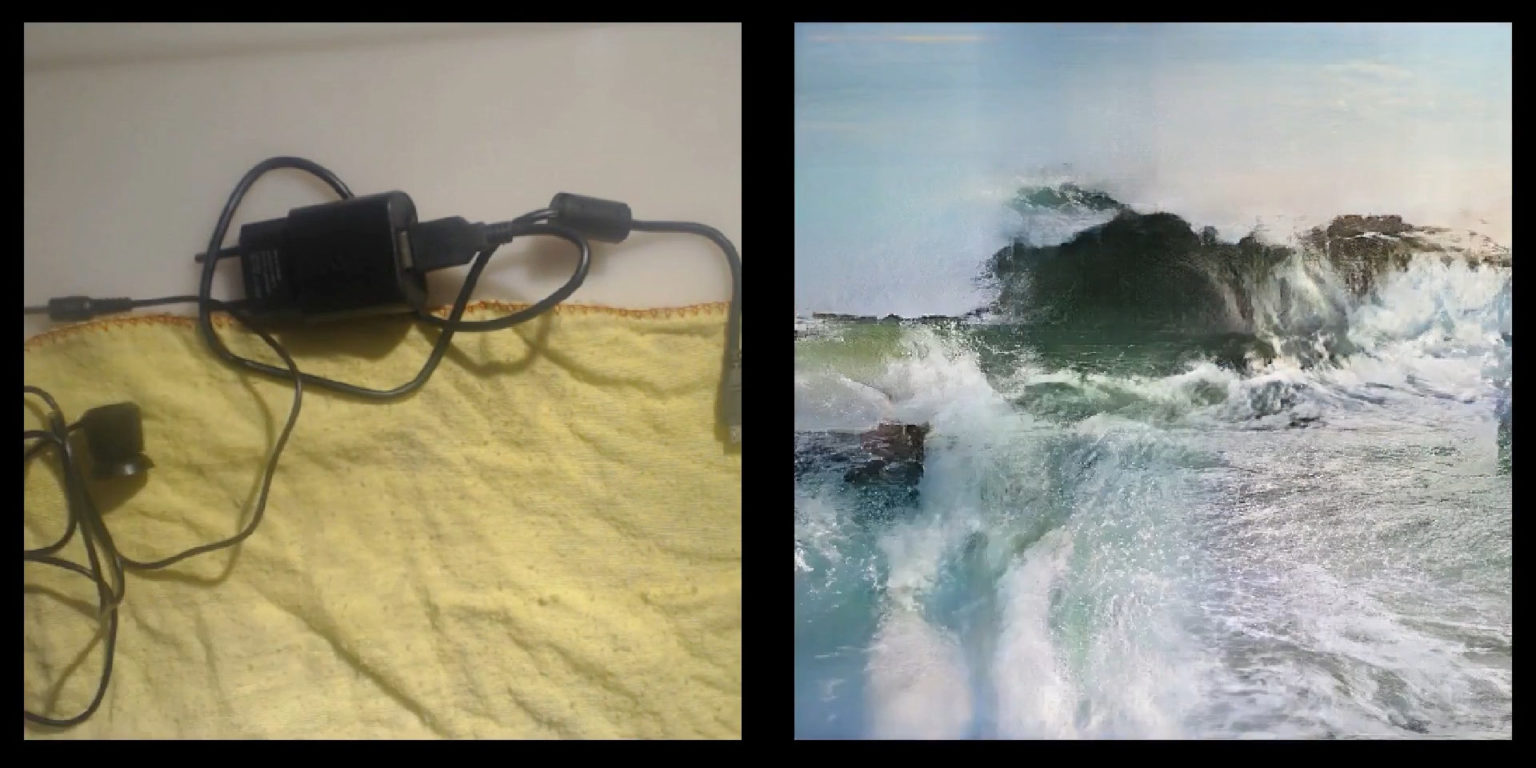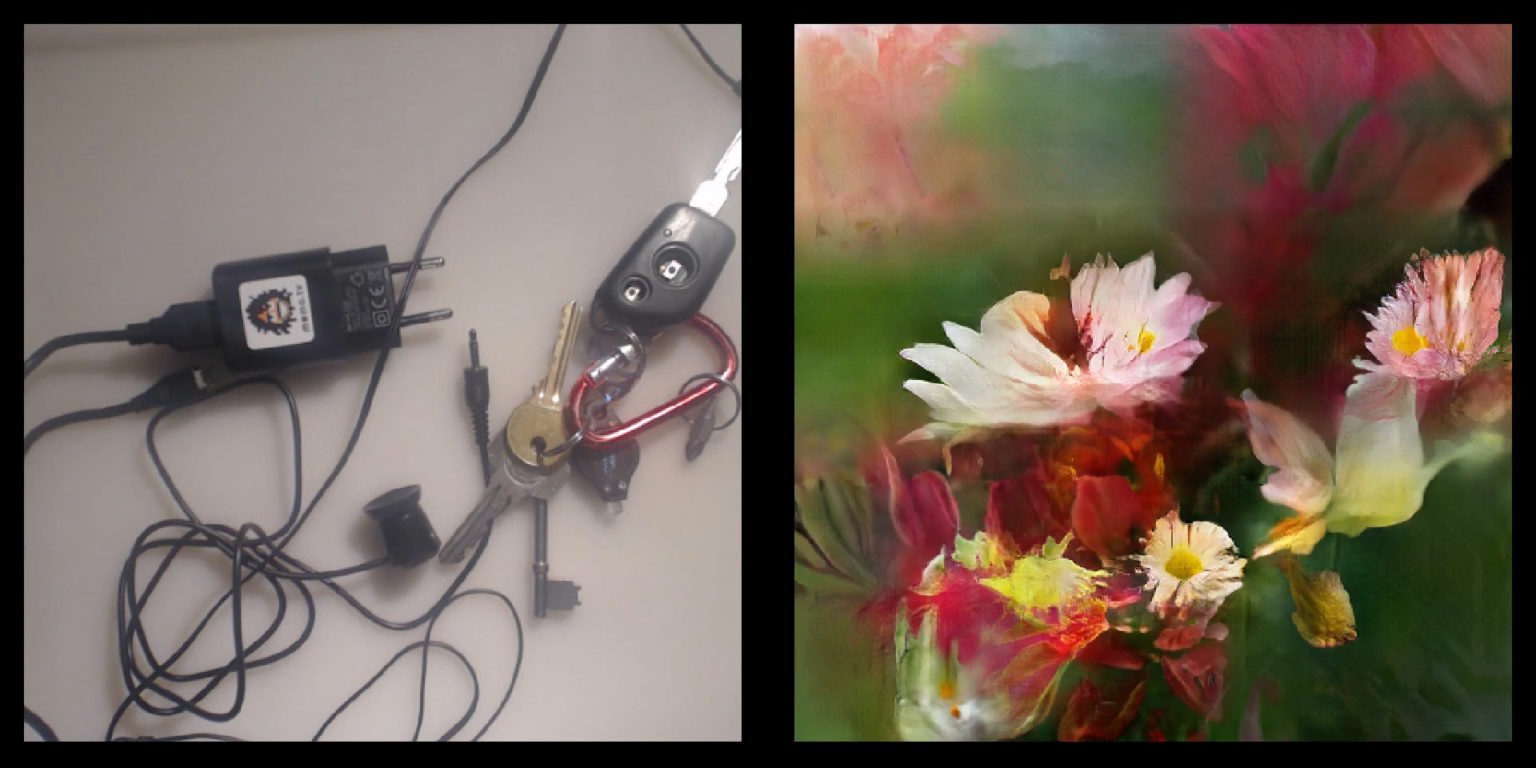
Learning to see: Gloomy Sunday
An artificial neural network looks out onto the world, and tries to make sense of what it is seeing. But it can only see through the filter of what it already knows.
An artificial neural network looks out onto the world, and tries to make sense of what it is seeing. But it can only see through the filter of what it already knows.
Just like us.
Because we too, see things not as they are, but as we are.
In this context, the term seeing, refers to both the low level perceptual and phenomenological experience of vision, as well as the higher level cognitive act of making meaning, and constructing what we consider to be truth. Our self affirming cognitive biases and prejudices, define what we see, and how we interact with each other as a result, fuelling our inability to see the world from each others’ point of view, driving social and political polarization. The interesting question isn’t only “when you and I look at the same image, do we see the same colors and shapes”, but also “when you and I read the same article, do we see the same story and perspectives?”.
Everything that we see, read, or hear, we try to make sense of by relating to our own past experiences, filtered by our prior beliefs and knowledge.
In fact, even these sentences that I’m typing right now, I have no idea, what any of it means to you. It’s impossible for me to see the world through your eyes, think what you think, and feel what you feel, without having read everything that you’ve ever read, seen everything that you’ve ever seen, and lived everything that you’ve ever lived.
Empathy and compassion are much harder than we might realize, and that makes them all the more valuable and essential.
Memo Akten is an artist, researcher and philomath from Istanbul, Turkey. He works with emerging technologies and computation as a medium, to create moving images, compositions, large-scale responsive installations and performances. Fascinated by trying to understand the nature of nature and the human condition, he brings together fields such as biological and artificial intelligence, computational creativity, perception, consciousness, information theory, neuroscience, fundamental physics, cosmology, spirituality, ritual and religion.
Akten combines critical and conceptual approaches, with investigations into form, movement and sound. He uses code as his craft, to design behavioural abstractions and data dramatizations of natural and anthropogenic processes. As part of his PhD at Goldsmiths, University of London, he specialises in expressive human-machine interaction and artistic explorations of Artificial Intelligence (AI). In this field he is considered one of the world’s leading pioneers.
Akten received the Prix Ars Electronica Golden Nica – the most prestigious award in Media Art – for his work ‘Forms’ in 2013. He has exhibited and performed internationally at exhibitions including The Grand Palais’s “Artistes & Robots” in 2018 (Paris FR), The Barbican’s “More than human” in 2017 (London UK) and the Victoria & Albert Museum’s landmark “Decode” exhibition in 2009 (London UK). His work has been shown around the world at venues such as the Moscow Museum of Modern Art (Moscow RU), Shanghai Ming Contemporary Art Museum (Shanghai CN), Mori Art Museum (Tokyo JP), Royal Opera House (London UK) and many others.
